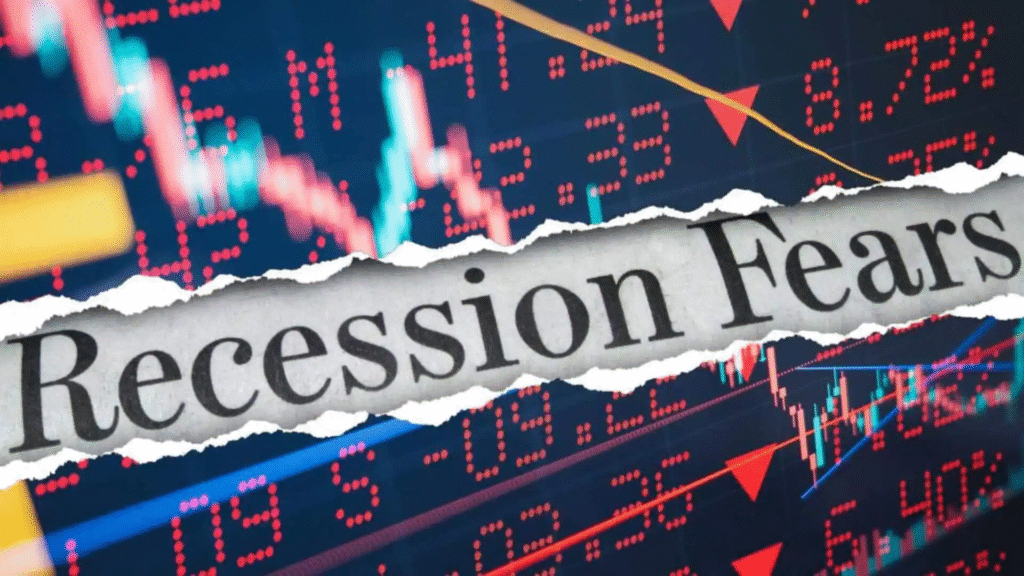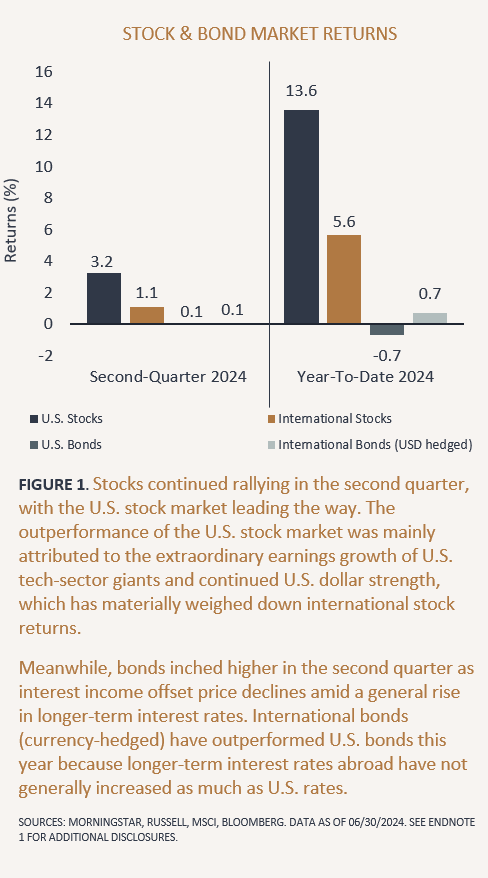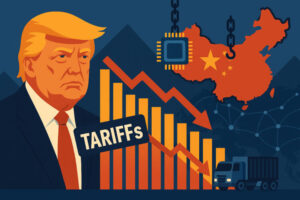Introduction 🚀
The U.S. economy sits at a crossroads in 2025, buffeted by trade war legacies, shifting Fed policy, and geopolitical shocks. With conflicting signals from GDP, consumer behavior, and employment, one central question dominates: can the U.S. economy avoid a recession amid global uncertainty? This blog addresses that, weaving in famous voices, data and FAQs—all made reader‑friendly with clear transitions.
1. Why This Economy Headline Matters
The state of the U.S. economy affects everything—from job growth to household budgets. Since 2022, the Fed and policymakers have been wrestling inflation down—but now face slowing activity in core sectors such as services, manufacturing, and spending in a trade‑tension environment. As we work through 2025, understanding whether the downturn is temporary—or turning into something more—is vital for businesses, governments, and households alike.
2. Can the U.S. Economy Steer Clear of Recession?
2.1 Resilience from GDP & Jobs
Despite widespread recession fears, U.S. GDP rebounded with a sharp 3.0% second‑quarter growth in 2025, following a Q1 dip. Labor markets remain relatively tight: although July added only 73,000 new jobs, unemployment sits at a low ~4.2%. Still, employment revisions from May–June raise caution: Morgan Stanley called it the largest two‑month downward correction in decades
2.2 Inflation vs. Tariffs
Trade policies—especially a suite of tariffs averaging ~15%—continue to stoke inflation, pushing consumer prices higher into Q3 2025. Several analysts expect inflation to peak around 3%, slowing gradually by year‑end.
2.3 Consumer & Business Uncertainty
Consumer sentiment remains subdued, especially with rising costs in housing, food, and insurance. ISM services barely grew—at 50.1%, signaling near‑stagnation. Businesses are similarly cautious—delaying projects amid tariff ambiguity and mounting costs.
2.4 Forecast Odds: What’s the Probability?
Recession odds vary:
- J.P. Morgan pegs them at ~40% by end‑2025
- Goldman Sachs estimates ~30% risk, with Plaza & Pantheon raising caution on jobs and consumer spendi.
- BCA Research (via Peter Berezin) gives a 60% chance AI won’t suffice as a buffer.
- Some economists, like at RSM, argue a recession is unlikely—predicting only 20% odds thanks to infrastructure and AI gains.
2.5 Federal Reserve at a Crossroads
The Fed held rates steady in July, with divergent views among officials—some calling for cuts amid slowing demand, others opting for caution given policy unpredictability. The timing of cuts (some forecasts expect first cuts only in late 2025 or early 2026) remains critical.
3. Key Data & Statistics
| Metric | Value / Trend | Source / Notes |
|---|---|---|
| Q2 GDP Growth | 3.0% annualized | Reversed earlier dip |
| July Job Additions | ~73,000 jobs | Down from earlier months |
| Unemployment Rate | ~4.2% | Still low historically |
| Services ISM Index | 50.1% | Barely holding growth |
| Tariff Rate | ~15% average | Highest since 1930s |
| IMF US Growth Forecast | 1.8% in 2025, 1.7% in 2026 | Downgraded globally |
| Morgan Stanley US Growth | 1.5% in 2025, 1% in 2026 | Tariff drag & uncertainty |
| Recession Probability | 20–60%, depending on analyst | Mixed risk assessments |
4. Expert Quotes & Famous Names
- Peter Berezin, BCA Research:
“AI may not buffer a recession—its benefits are slow to materialize and don’t offset weak job and consumer trends.” - Seth Carpenter, Morgan Stanley Chief Global Economist:
“Even undoing tariffs wouldn’t restore growth lost—more escalation would likely bring recession.” - Steve Miller, ISM Services:
“Minimal growth in services indicates businesses are hitting the pause button under uncertainty.” - Bill Adams, Comerica Bank via MarketWatch:
“Recession fears eased as US‑China trade tensions cooled, but long‑term structural issues remain.” - Fed Chair Jerome Powell (paraphrased):
Expressed caution amid mixed data, signaling the Fed will wait for clearer signs before making rate cuts at September’s meeting Wall Street Journal.
5. FAQs
Q1: What exactly qualifies as a recession?
A recession is officially two consecutive quarters of negative GDP growth. So far in 2025, the U.S. has avoided that, showing strong growth in Q2
Q2: How do tariffs affect the economy?
Tariffs raise import costs, squeeze margins, create planning unpredictability, and push up consumer prices—stalling spending and investment.
Q3: Can AI save the U.S. economy?
Experts remain skeptical. AI investment is often hardware‑heavy and global in production. Employment in relevant sectors is flat or declining, limiting short‑term impact
Q4: What indicators will tip the balance?
Watch labor market revisions, consumer spending (durables/services), inflation trajectory, ISM indices, and Fed signals. Strong wage growth and retail activity may offer support.
Q5: If a recession occurs, when might it happen?
If it materializes, forecasts suggest late 2025 or early 2026—especially if tariffs intensify or business sentiment deteriorates

6. Transition‑Rich Narrative Summary
First off, the U.S. economy showed surprising strength in Q2, rebounding sharply and defying recession calls. However, shifting to job data, we then noticed that employment cooled quickly in July, signaling potential weakness. Meanwhile, despite inflation easing, high tariffs have continued to fuel price pressures. Additionally, consumer and business sentiment are clearly strained, as costs rise and uncertainty prevails. Finally, expert models diverge: while some analysts see low odds of recession, others signal significant risks—especially if policy unpredictability deepens. Considering all this, the big question still stands: can the U.S. economy avoid a recession amid global uncertainty?
7. Key Takeaways ✅
- Resilience vs. Risk: Despite strong Q2 GDP growth and low unemployment, labor revisions and subdued services suggest fragility.
- Tariff drag remains material: Average tariffs near 15% are contributing to inflation and eroding confidence across sectors.
- Consumer/business caution: Spending and investment are weakening—even if survival pockets remain.
- Diverging forecasts: Recession risk is widely estimated at 30–40%, though some place it as high as 60%.
- Policy waiting game: The Fed is likely to remain moving slowly; likely rate cuts may come only in late 2025 or early 2026.
- Watch indicators closely: Jobs revisions, ISM indexes, inflation data, and consumer behavior trends will likely determine direction.
Final Thought
With mixed signals across growth, labor, prices, and sentiment, the U.S. economy is showing both strength and strain. Whether it avoids recession amid global uncertainty depends on how trade policy evolves, how confidence holds up, and whether policymakers act decisively. For now, GDP and employment seem stable—but beneath the surface, structural risks remain. Monitoring these economic indicators in coming months is vital.
FAQs Revisited – Quick Look
- Recession = two quarters of GDP decline.
- Tariffs raise costs and disrupt planning.
- AI won’t rescue the economy quickly.
- Key barometers: jobs, inflation, spending, business surveys.
- Recession risk peaks in late 2025–early 2026.





